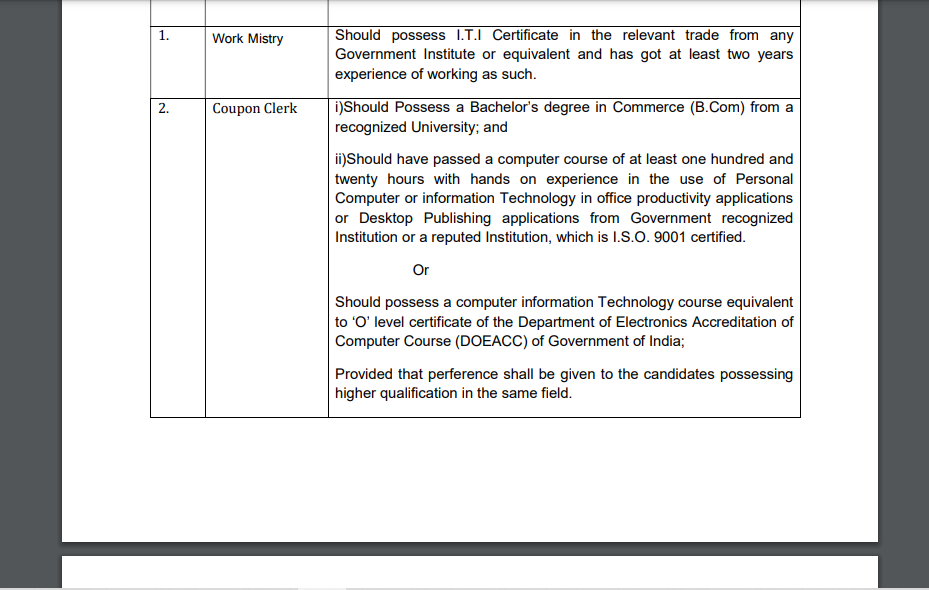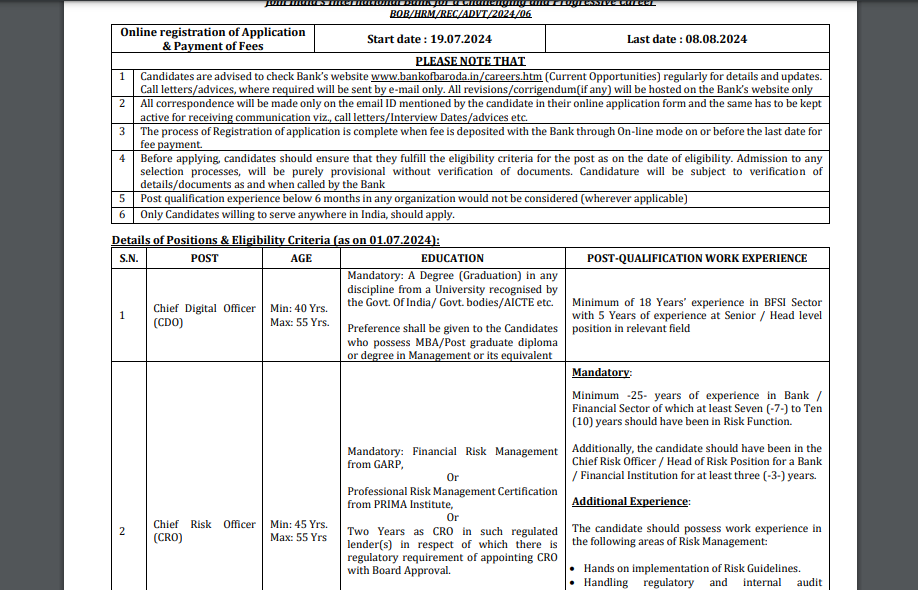In the modern digital landscape, cybersecurity emerges as a paramount concern for individuals and organizations alike. The rapid evolution of artificial intelligence (AI) has triggered a profound revolution in the field of cybersecurity. AI-driven technologies now play a pivotal role in augmenting human abilities to identify, mitigate, and prevent cyber threats. Consequently, a central inquiry arises: “What is the Main AI Use Case in Cybersecurity?”
AI in Cybersecurity
In this article, we will provide a comprehensive overview of AI in cybersecurity. We will discuss the main AI use cases in cybersecurity, the benefits of using AI in cybersecurity, and the challenges of implementing AI in cybersecurity solutions.
What is the Main AI Use Case in Cybersecurity?
The main AI use case in cybersecurity is to augment human capabilities in identifying, mitigating, and preventing cyber threats. AI-powered technologies offer a multitude of advantages in the fight against cybercrime, and they do so through various applications.
Threat Detection and Prevention
One of the most significant applications of AI in cybersecurity is its ability to detect and prevent cyber threats. AI-powered algorithms can analyze vast amounts of data in real-time, identifying unusual patterns or behaviors that may indicate a potential threat. This proactive approach is crucial in preventing security breaches before they happen.
For example, AI-powered systems can be used to analyze network traffic for anomalies, such as unusual spikes in traffic or attempts to access sensitive data. These systems can also be used to identify malicious code, such as malware or viruses. By detecting and preventing threats before they can cause damage, AI can help organizations to save time and money.
Real-Time Monitoring and Analysis
AI systems are highly adept at monitoring network activities in real-time. They can identify anomalies and potential security risks much faster than traditional methods. This real-time monitoring allows for swift responses to emerging threats, reducing the damage caused by cyberattacks.
For example, AI-powered systems can be used to monitor user behavior for unusual activity. This can help to identify insider threats, such as employees who are attempting to steal data or sabotage systems. Additionally, AI-powered systems can be used to monitor for changes to critical systems, such as changes to configuration files or database entries. By monitoring for changes in real-time, AI can help organizations to quickly identify and respond to potential threats.
Enhancing User Authentication
User authentication is a key aspect of cybersecurity. AI can improve this process by implementing advanced authentication methods such as biometrics and behavioral analysis. These methods provide an additional layer of security, making it more challenging for malicious actors to gain unauthorized access.
For example, AI-powered systems can be used to identify users based on their facial features, fingerprints, or iris patterns. These methods are much more difficult to spoof than traditional methods such as passwords. Additionally, AI-powered systems can be used to analyze user behavior, such as typing patterns and mouse movements. This can help to identify unauthorized users who are attempting to impersonate legitimate users.
Vulnerability Management
AI-driven vulnerability management tools are instrumental in identifying and prioritizing vulnerabilities in an organization’s systems. These tools can assess the potential impact of vulnerabilities and recommend actions to mitigate the risks, strengthening an organization’s overall cybersecurity posture.
For example, AI-powered systems can be used to scan networks for known vulnerabilities. These systems can also be used to assess the severity of vulnerabilities based on their potential impact. Additionally, AI-powered systems can be used to recommend remediation actions, such as applying security patches or updating software. By helping organizations to identify and prioritize vulnerabilities, AI can help to reduce the risk of cyberattacks.
Incident Response and Recovery
In the unfortunate event of a security breach, AI plays a vital role in incident response and recovery. It can assist in identifying the scope of the breach, mitigating damage, and facilitating a faster recovery process.
For example, AI-powered systems can be used to identify the source of a breach. Additionally, AI-powered systems can be used to identify the data that has been compromised. This information can be used to prioritize remediation efforts and minimize the damage caused by the breach. Additionally, AI-powered systems can be used to automate tasks such as collecting evidence and generating reports. This can help to free up human resources to focus on more strategic tasks.
Benefits of Using AI in Cybersecurity
- Improved threat detection and prevention: AI can help organizations to detect and prevent cyber threats more effectively. AI-powered algorithms can analyze vast amounts of data to identify patterns and anomalies that may indicate a potential threat. This can help organizations to identify and respond to threats more quickly, reducing the damage caused by cyberattacks.
- Reduced costs: AI can help organizations to reduce the costs associated with cybersecurity. AI-powered solutions can automate many of the manual tasks associated with cybersecurity, freeing up human resources to focus on more strategic initiatives. Additionally, AI can help organizations to identify and prioritize vulnerabilities, reducing the need for expensive security audits.
- Increased efficiency: AI can help organizations to improve the efficiency of their cybersecurity operations. AI-powered solutions can automate many of the manual tasks associated with cybersecurity, freeing up human resources to focus on more strategic initiatives. Additionally, AI can help organizations to make better use of their security data, improving the overall effectiveness of their cybersecurity programs.
Challenges of Implementing AI in Cybersecurity
- Data quality: The quality of the data used to train AI models is critical to their effectiveness. If the data is inaccurate or incomplete, the AI model may not be able to accurately identify threats.
- Explainability: It can be difficult to explain how AI models make decisions. This can make it difficult for organizations to trust AI-powered security solutions.
- Adversarial attacks: Adversarial attacks are designed to fool AI models. Malicious actors can use adversarial attacks to evade detection by AI-powered security solutions.
Also Read ICC World Cup 2023 Points Table
Conclusion
AI is a powerful tool that can be used to improve the effectiveness of cybersecurity programs. However, it is important to be aware of the challenges associated with implementing AI in cybersecurity solutions. By carefully considering the benefits and challenges of AI, organizations can make informed decisions about how to use AI to improve their cybersecurity posture.
Stay Updated | What is the Main AI Use Case in Cybersecurity?
- Follow us on Facebook , Telegram and Twitter for the latest Education News updates and Daily Current Affairs
- Subscribe to our website for more updates on upcoming exams and results.
- Check all open Government Jobs 2023 Here
























